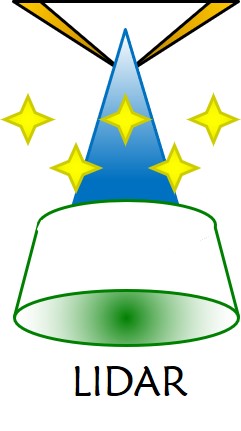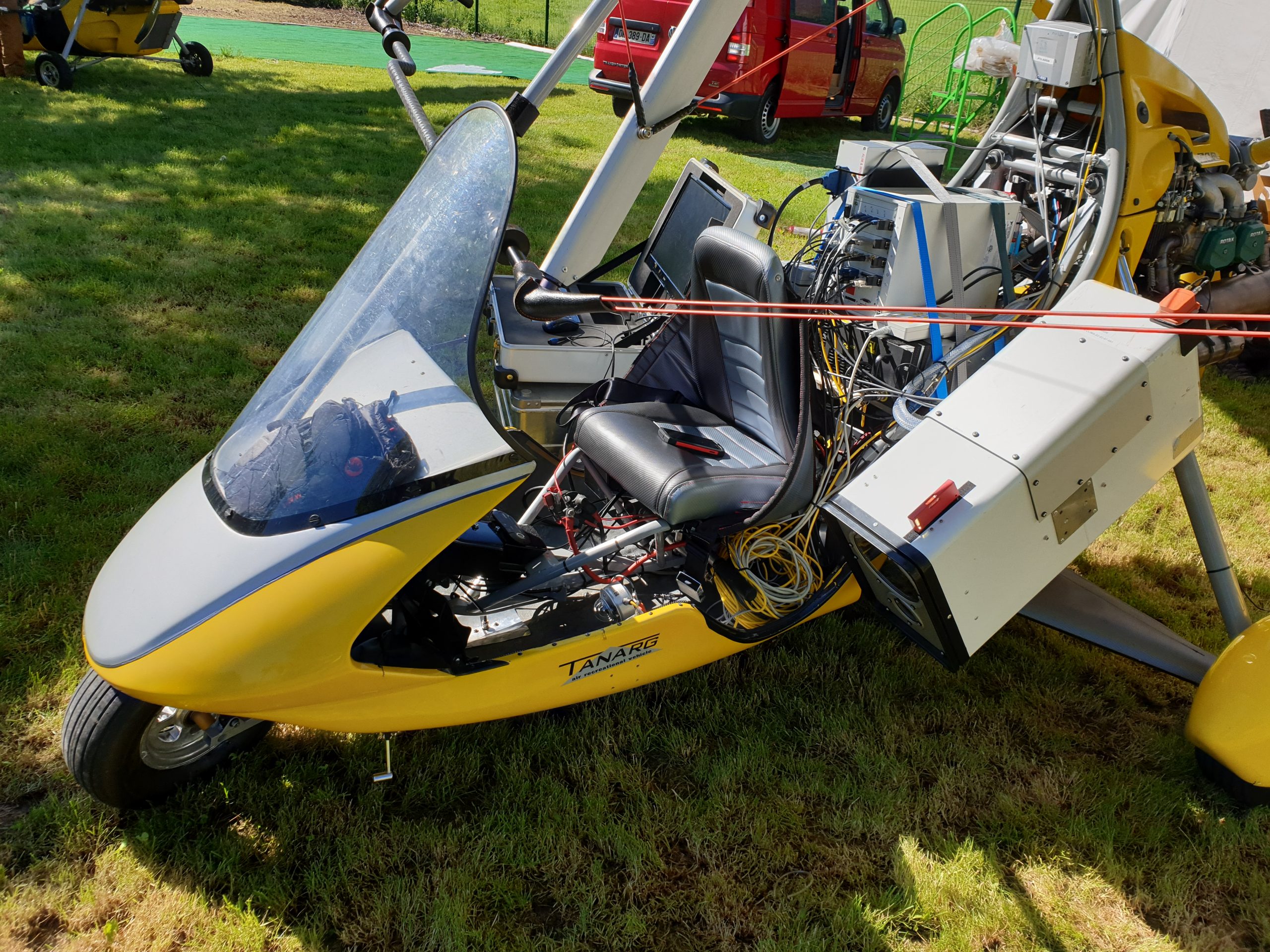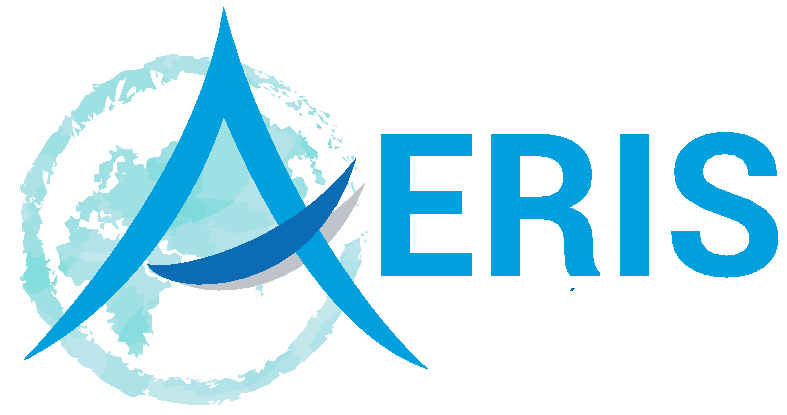Water vapor Raman Lidar
The increasing importance of the coupling of water and aerosol cycles in environmental applications requires observation tools which allow simultaneous measurements of these two fundamental processes for climatological and meteorological studies. For this purpose, a new mobile Raman lidar, WALI (Water vapor and Aerosol LIdar), has been developed and implemented within the framework of the international HyMeX and ChArMEx programs.

The lidar operates with an emitted wavelength of 354.7 nm and is designed to fulfill eye-safety standards (EN 60825-1). The receiver is composed of 2 distinct detection modules using small collector telescopes of 15 cm in diameter. The total number of detection channels is six. Using short focal length refractive telescopes ensures a low altitude overlap for the lidar beams and increases the overall stability, transmittance and compactness of the instrument. The wide field-of-view (FOV) ~2.3 mrad allows a full-overlap of the transmission and reception paths beyond ~ 200‑300 m.








